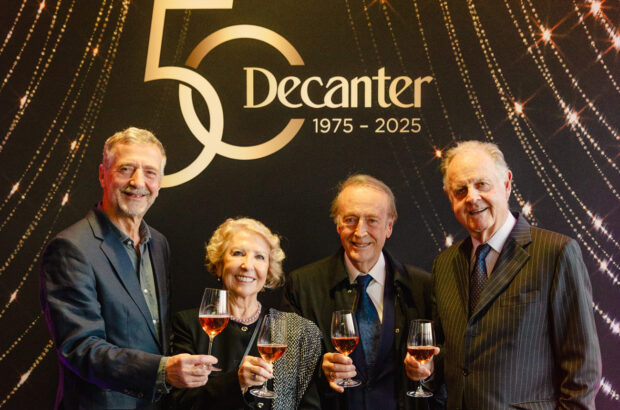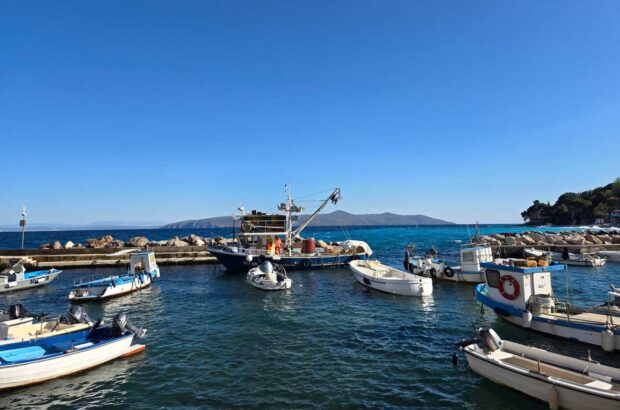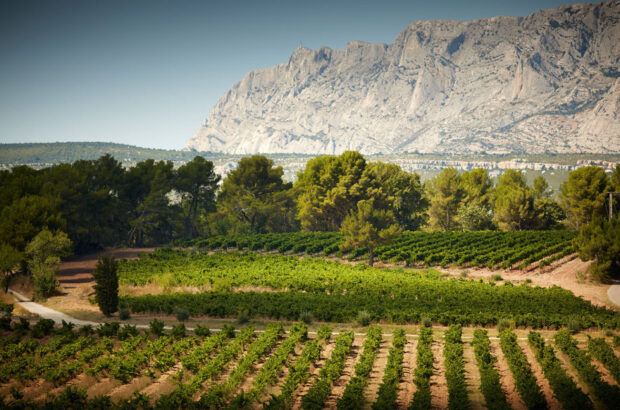'A benchmark for Barolo' - Conterno's Monfortino 1978 is certainly a Decanter wine legend...
Conterno, Monfortino Barolo 1978
Bottles produced N/A
Composition 100% Nebbiolo
Yield N/A
Alcohol 14%
Release price N/A
Price today $2,850 at The Rare Wine Co. (US)
A legend because…
Conterno’s Monfortino has long been among the most celebrated Barolos. Its hallmark is the very long ageing it receives. The 1970 vintage was aged for a decade in large casks before being bottled, and the 1978 was aged for eight years. Despite the fact that the vines were only four years old, the wine proved to be remarkable and won wide acclaim.
In the 1970s there were far fewer bottles of Barolo produced than there are today. Monfortino was regarded as the ultimate ‘traditional’ Barolo, eschewing any use of barriques or other non-local practices. When Giacomo Conterno established the Monfortino brand, all producers in Barolo were ‘traditional’. However, the estate has never wavered in its adherence to the style it has practised for many decades. Today the minimum cask-ageing for Monfortino is seven years.
Looking back
Giovanni Conterno was the son of Giacomo Conterno, who was born in 1895 and after whom the estate is named. Giacomo had been producing and bottling Monfortino since the 1920s, and Giovanni succeeded him at the helm. Giovanni died in 2004 and was followed by his son Roberto, who was born in 1968 and had worked with his father since the age of 20. In all this time the house style has not altered.
Before 1974 the wines were made from grapes purchased from growers in Monforte and Serralunga. Giovanni was always willing to pay the highest prices to ensure the best grapes. Then in 1974 he bought the fallow Cascina Francia property in Serralunga, a 14-hectare block. Giovanni was finding it harder to source grapes of the quality he required, and decided it was sensible to guarantee his own supply. As the Cascina Francia needed to be replanted, the first vintage made from its grapes was 1978.
The vintage
This was an outstanding year, although it didn’t seem so at the outset. Spring and early summer were damp and cool, but autumn was warm and dry, bringing the grapes to full ripeness. Yields were fairly small, and tannin levels high, so that Barolo in particular benefited from long ageing in bottle.
The terroir
Cascina Francia, the source of all the grapes for Monfortino, lies at up to 450 metres in the village of Serralunga along the border with Monforte, and opposite the celebrated Ginestra vineyard in the latter. The soils are calcareous and the vines face southwest; they are planted to a density of around 4,000 per hectare.
The wine
Monfortino is not a selection of the best barrels, but a parcel selection made shortly before harvest. The best parcels can vary from year to year. Only when their quality is significantly superior to the rest of Cascina Francia is the selection vinified separately, in open-top vats. There is no temperature control, thus running the risk of a stuck fermentation, and the maceration period is long, at up to five weeks. Monfortino is then aged in large casks of 2,000 to 7,500 litres.
When the regular Barolo has aged in cask for a year or two, the final decision is taken on whether to blend the Monfortino selection with the regular wine, or whether to designate it as Monfortino. If the decision is to produce Monfortino, it is aged for at least seven years, compared to four for the regular Barolo. Only a wine of great natural concentration and structure can withstand the potential drying effect of such long ageing in wood. The wine is bottled without fining or filtration. Between 7,000 and 10,000 bottles are produced.
The reaction
Nicolas Belfrage MW wrote in 1999: ‘If I was given the choice of one bottle of Barolo before I die, I’d choose Monfortino.’
Kelly Walker, of the Grand Jury Européen, tasted the wine in 2010, noting ‘A benchmark for great Barolo, this was similar to the 1947 on the nose. Broad and lush on the palate, with a mineral spine under copious sweet tannins. Amazingly complex and balanced.’
This article was originally published in Decanter magazine.
More wine legends:

Wine Legend: Meerlust, Rubicon 1995
This ancient property was one of the first in South Africa to offer a high-quality Bordeaux-style blend

Wine legend: Chateau Montelena 1973

Wine Legend: Dom Pérignon 1975
What makes Dom Pérignon 1975 a wine legend...?

Wine Legend: Château Montrose 1990
What makes Château Montrose 1990 a worthy wine legend...

Wine Legend: Egon Müller-Scharzhof TBA 1976
Why it makes our hall of fame...

Wine Legend: Kanonkop Pinotage 1995
Why it makes the Decanter hall of fame...

Wine legend: Pingus 1995
Why it makes the Decanter hall of fame...

Wine Legend: Château Palmer 1961
Why it makes the Decanter hall of fame...

Wine Legend: Salon, Le Mesnil 1985
Why it makes the Decanter hall of fame...







